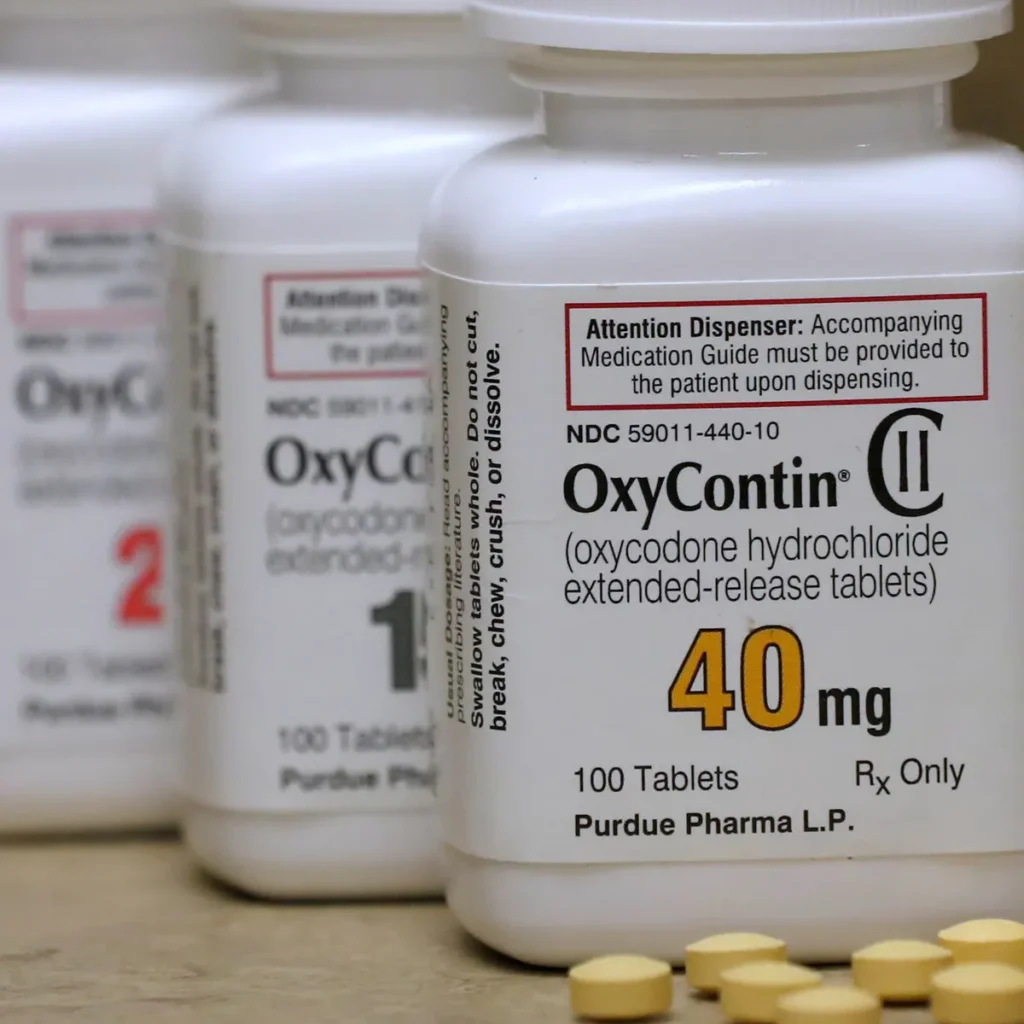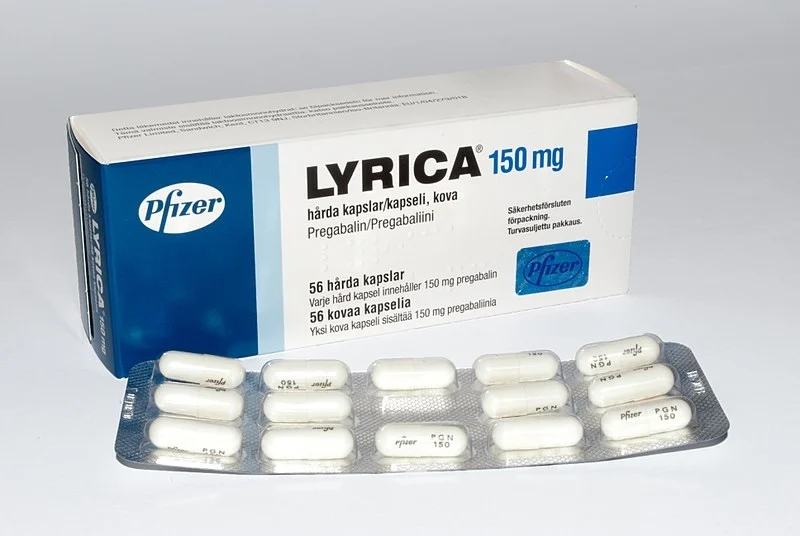Introduction to OxyContin
It a powerful opioid medication, is widely recognized for its effectiveness in managing severe pain. As a prescription medication, it plays a crucial role in pain management strategies. In this comprehensive guide, we delve into the uses, benefits, risks, and precautions associated with OxyContin.
What is OxyContin?
It is a brand name for oxycodone hydrochloride, an opioid analgesic used to treat moderate to severe pain. It belongs to a class of drugs known as opioids, which work by altering the way the brain and nervous system respond to pain.

Uses of OxyContin
Pain Management
Doctors primarily prescribe it for managing chronic pain that requires around-the-clock treatment. It is commonly used when other pain treatments, such as non-opioid medications, have not provided adequate relief.
Medical Conditions
OxyContin is prescribed for conditions such as:
- Severe injuries: To manage pain following accidents or surgeries.
- Cancer: To alleviate pain associated with advanced stages of cancer.
- Chronic conditions: For patients suffering from debilitating chronic pain conditions.
How Does OxyContin Work?
It works by binding to opioid receptors in the brain and spinal cord, blocking pain signals and producing feelings of euphoria and relaxation. This mechanism provides effective pain relief but also poses risks of addiction and dependence.
Risks and Side Effects of OxyContin
Common Side Effects
- Nausea
- Constipation
- Drowsiness
Serious Risks
- Addiction: It can be habit-forming, leading to physical and psychological dependence.
- Overdose: Taking too much can cause respiratory depression, coma, and even death.
- Withdrawal: Abruptly stopping after prolonged use can lead to withdrawal symptoms such as restlessness, muscle and bone pain, insomnia, diarrhea, and vomiting.
Dosage and Administration
Dosage Guidelines
The dosage is individualized based on the severity of pain, patient’s medical history, and response to treatment. It is crucial to follow the prescribed dosage and schedule provided by healthcare professionals to minimize risks.
Safety Precautions
Patient Education
Patients prescribed with OxyContin should:
- Follow dosage instructions: Take exactly as prescribed, never increasing the dose without consulting a healthcare provider.
- Store securely: Keep OxyContin out of reach of children and others who might misuse it.
- Avoid alcohol: Drinking alcohol while taking OxyContin can increase the risk of serious side effects.
OxyContin vs. Other Pain Relief Medications
OxyContin vs. Morphine
Both are potent opioid medications used for pain relief. However, it is an extended-release formulation, providing longer-lasting pain relief compared to immediate-release morphine.
OxyContin vs. Hydrocodone
Hydrocodone is another opioid used for pain relief, but it is typically combined with acetaminophen or ibuprofen. OxyContin, on the other hand, contains only oxycodone and is designed for extended pain relief.
Where to Buy OxyContin
It is a prescription medication available at pharmacies and online with a valid prescription. Ensure you purchase from reputable sources to guarantee authenticity and quality. For a convenient shopping experience, explore our shop yourpainreliefstore.com.
Conclusion
OxyContin is a potent opioid medication prescribed for severe pain management. While it offers significant relief for patients suffering from chronic pain, it also carries risks of addiction, overdose, and other serious side effects. Understanding its uses, risks, and safety precautions is crucial for safe and effective treatment.
Buy now from our store
Buy pain relief medicines from our store .Get fast and effective pain relief with our curated selection of products. Shop now and experience relief today.
Is OxyContin the Same as Oxycodone?
OxyContin and oxycodone are related but not the same. OxyContin is a brand name for a specific formulation of oxycodone, which is an opioid medication used for pain relief. The key difference lies in their formulations and how they are intended to be used:
- OxyContin: This is an extended-release formulation of oxycodone, designed to provide around-the-clock pain relief. It releases oxycodone slowly over time, typically every 12 hours.
- Oxycodone: This refers to the generic opioid medication itself, which is available in immediate-release formulations (such as tablets taken every 4 to 6 hours) and is also an active ingredient in medications like OxyContin.
Is Percocet the Same as Oxycodone?
It is not same as oxycodone, but it does contain oxycodone as one of its ingredients. Percocet is a brand name for a combination medication that contains oxycodone and acetaminophen (paracetamol):
- Oxycodone: Provides pain relief by acting on opioid receptors in the brain and spinal cord.
- Acetaminophen: Enhances the pain-relieving effects of oxycodone and can also help reduce fever.
Percocet is typically prescribed for short-term pain relief, such as after surgery or for acute pain conditions.
In summary:
- OxyContin: Specific brand name for extended-release oxycodone.
- Oxycodone: Generic opioid medication used for pain relief.
- Percocet: Combination medication containing oxycodone and acetaminophen.
WhatsApp support
Contact our dedicated WhatsApp support line for personalized assistance with your pain relief needs.









